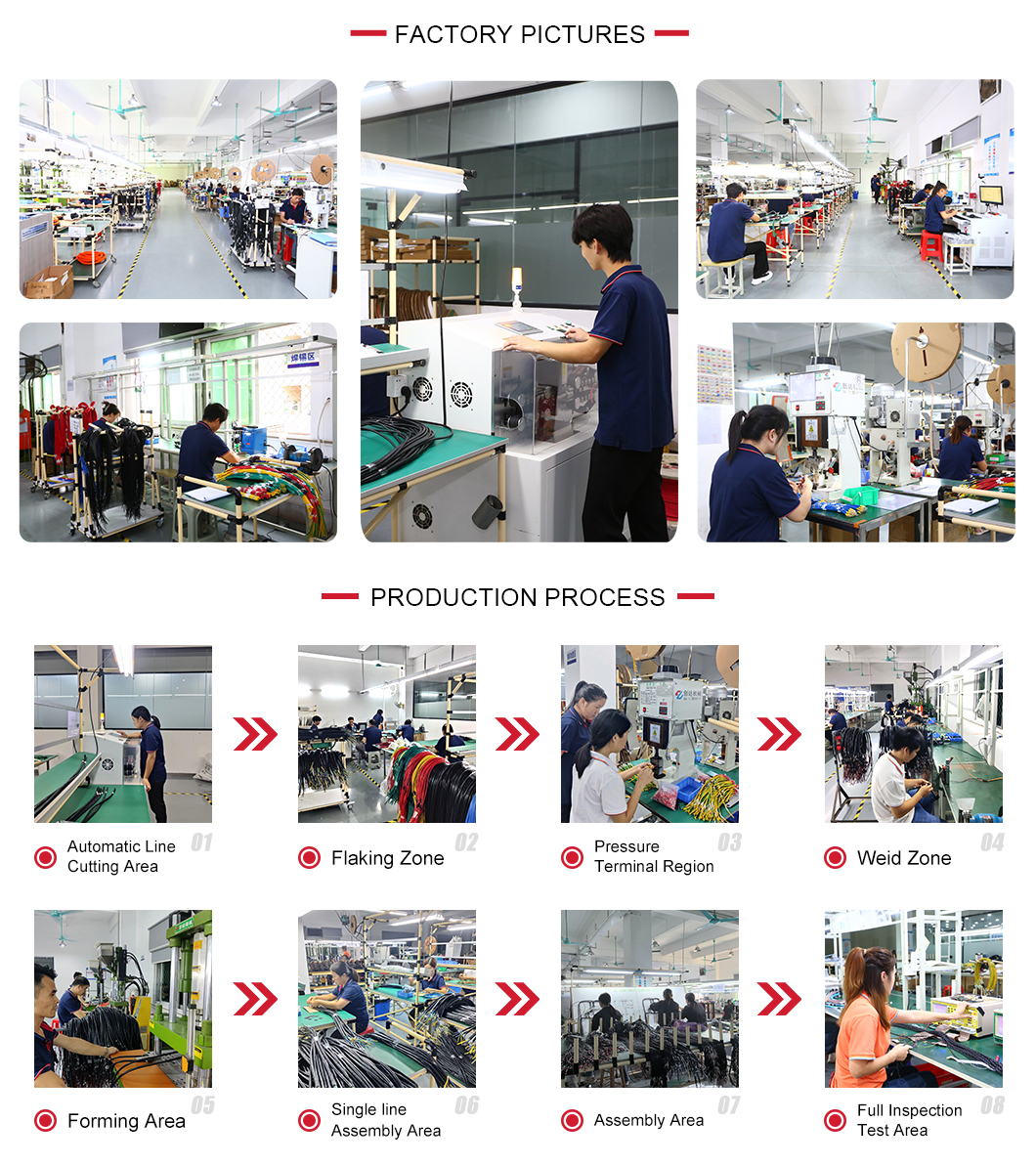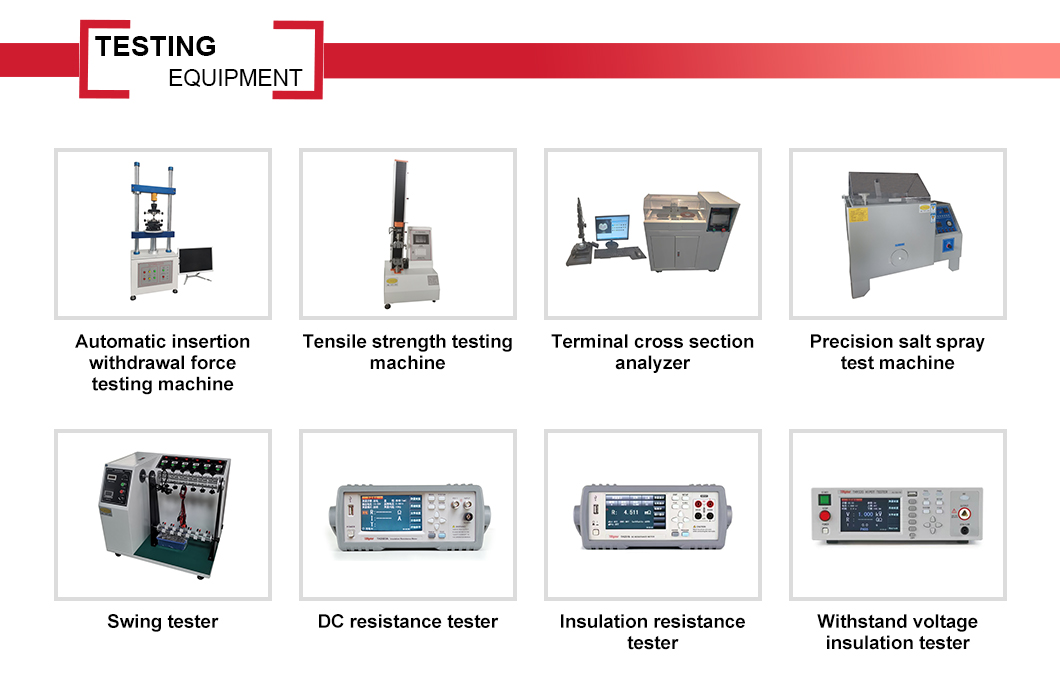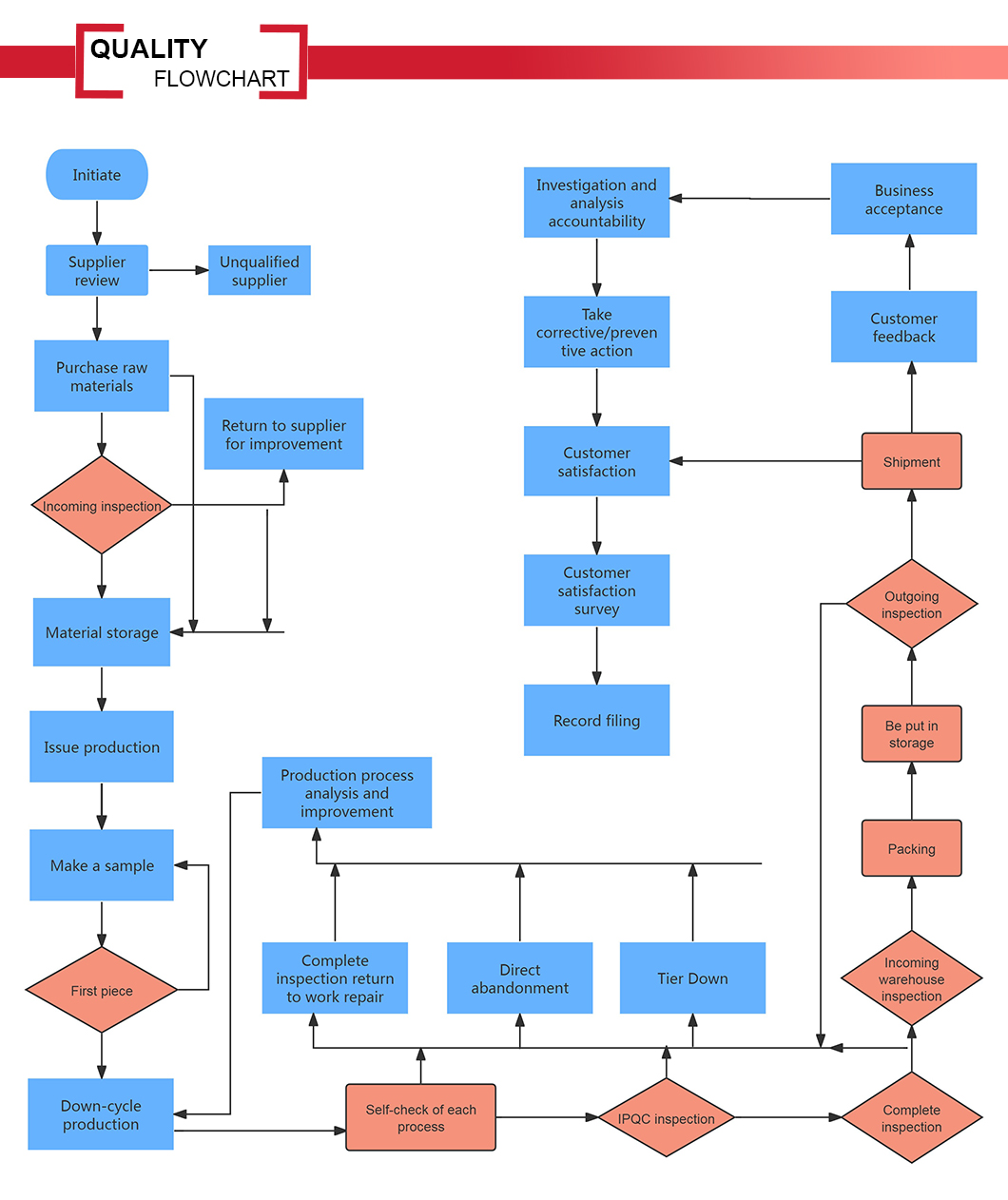Due to the complex working environment of charging piles (outdoors, high voltage, high current, etc.), electronic wires must meet the following characteristics:
Withstand voltage and current carrying capacity
AC charging piles often need to withstand 220V/380V voltage, while DC fast charging piles may involve hundreds of volts or even thousands of volts of high voltage, so the insulation layer of the electronic wire needs to have high withstand voltage strength (such as ≥1kV).
High current scenarios (such as fast charging) require the wire conductor cross-sectional area to be large enough (such as 6mm², 10mm²) to reduce resistance and heat generation.
Environmental resistance
Temperature resistance: Need to adapt to -40℃~105℃ or even wider temperature range (outdoor high and low temperatures, equipment operation heat).
Weather resistance: UV resistance, ozone resistance, waterproof and moisture-proof (outdoor installation), some scenarios need to be oil-proof and chemical corrosion-resistant (such as public parking lots).
Mechanical strength: tensile resistance, bending resistance (wiring during installation, avoid wear and tear during long-term use), some wires need to have certain impact resistance.
Safety
Flame retardancy: Comply with UL94 V-0, IEC 60332 and other flame retardant standards to prevent the spread of fire.
Insulation performance: The insulation layer material (such as PVC, XLPE) must have high insulation resistance to prevent leakage.
Environmental protection: Comply with environmental protection directives such as RoHS, and do not contain harmful substances such as lead and cadmium.
Signal transmission stability
Electronic wires used for communication (such as CAN bus, Ethernet cable) must have anti-interference ability (shielding layer design) to ensure stable transmission of signals such as charging protocol and status data.








